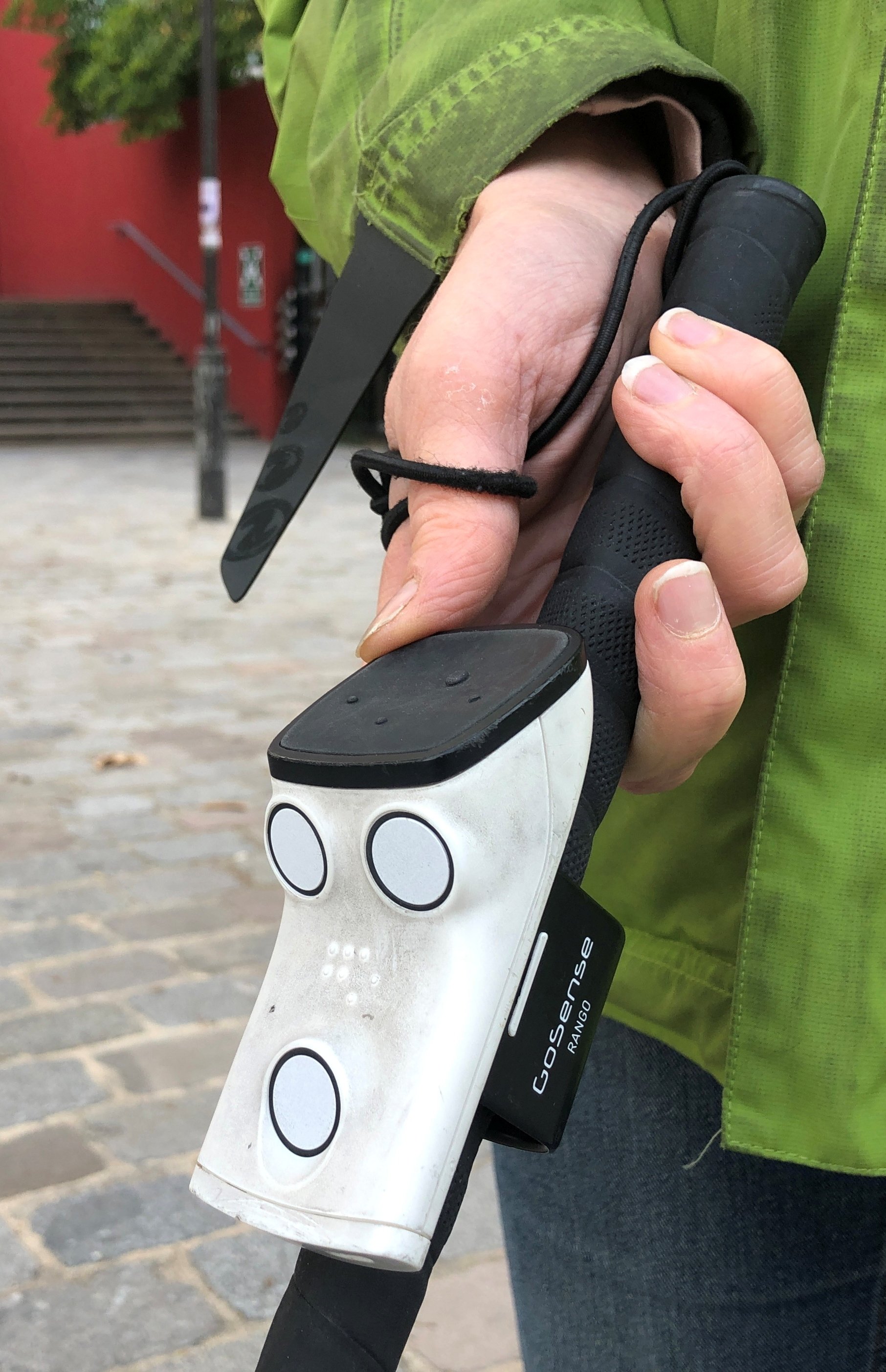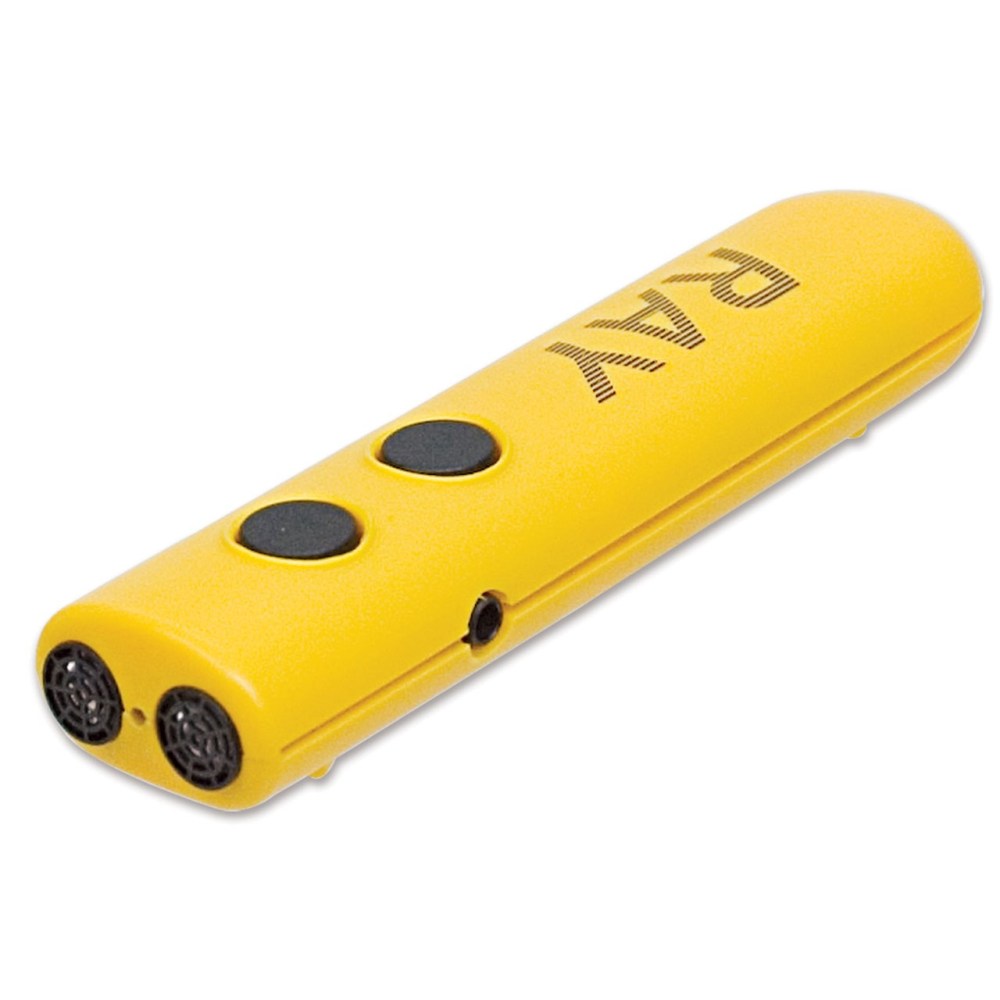Mobility Aids for Visually Impaired Users: Improving Autonomy
Mobility Aids for Visually Impaired Users: Improving Autonomy
Blog Article
Empowering Independence With Assistive Innovation for the Blind
The combination of assistive modern technology right into the lives of people with aesthetic impairments represents a substantial innovation in advertising self-reliance and self-sufficiency. From cutting-edge display viewers to innovative clever walking sticks, these tools not only enhance daily navigation and interaction yet additionally encourage customers to involve meaningfully in numerous elements of life. As we check out the myriad benefits and real-world applications of these technologies, it becomes essential to take a look at the underlying factors that add to their performance and the possibility for future advancements in this important field.
Overview of Assistive Modern Technology

The advancement of assistive technology is grounded in concepts of inclusivity and empowerment. Advancements in software application, hardware, and sensory improvements supply users with options customized to their certain needs. From display readers that transform text to speech, to tactile devices that share information via touch, these tools change the way people engage with their surroundings.
Along with functional applications, assistive technology fosters higher social incorporation and involvement in numerous industries, consisting of education and learning and employment (AI-powered visual aids). As research and growth continue to develop, the capacity for assistive innovation to even more boost the lives of aesthetically impaired people continues to be promising, leading the means for a much more fair society where everyone can prosper
Sorts Of Assistive Gadgets
A selection of assistive gadgets have emerged to sustain people with visual disabilities, each developed to fulfill specific requirements and enhance everyday performance. These gadgets vary from low-tech options to sophisticated technologies, giving diverse alternatives for users.
Low-tech devices include magnifiers and large-print products that help in reading and writing. Braille devices, such as Braille slates and styluses, make it possible for tactile analysis and communication. Orientation and movement aids, like white walking canes, aid customers navigate their environment securely.
On the higher end of the range, digital magnifying systems and display readers supply considerable support. Digital magnifiers permit individuals to expand text and images on screens, while display readers convert electronic web content into manufactured speech, helping with access to info on computer systems and smart devices.
Smart device applications also play a vital function, supplying functions like text recognition and navigating help. Wearable innovation, such as smart glasses furnished with augmented reality, is becoming an appealing device to improve situational awareness.
Advantages of Assistive Technology
The assimilation of assistive technology substantially enhances the high quality of life for individuals with aesthetic disabilities. These technologies empower customers by advertising freedom, allowing them to navigate their environments more efficiently and perform day-to-day tasks with higher simplicity. Screen viewers and magnification software permit people to accessibility digital details, cultivating specialist and instructional chances that might have formerly been out of reach.
In addition, assistive tools such as wise walking sticks and GPS applications supply real-time navigating aid, improving mobility and safety. This enhanced freedom not just boosts self-confidence however likewise urges social engagement, enabling users to take part even more totally in their neighborhoods.
Assistive innovation also facilitates communication, assisting individuals get in touch with others via voice recognition and text-to-speech applications. This ability is crucial for keeping partnerships and accessing critical information.
Furthermore, the personalization alternatives available with numerous assistive innovations make certain that users can customize gadgets to their particular requirements, even more boosting functionality and efficiency. Overall, the advantages of assistive innovation for people with visual disabilities are extensive, promoting a much more comprehensive culture where everybody can pursue their desires and objectives.
Study and Success Stories
Highlighting the transformative impact of assistive innovation, numerous study show just how people with visual disabilities have successfully integrated these devices right into their day-to-days live. One engaging instance includes an university student who made use of display reading software to navigate on the internet sources and scholastic materials efficiently. This technology not just promoted her education and learning yet likewise enhanced her self-confidence in getting involved in discussions and team jobs.
Another study features a professional that employs a smart device application created for navigation and things acknowledgment. By utilizing this application, he has regained freedom in both his personal and job atmospheres, allowing him to commute individually and engage with colleagues extra efficiently.
Additionally, a senior citizen shared her experience with braille e-readers, which enabled her to access a substantial variety of literature and remain gotten in touch with her area through publication clubs.
These success tales emphasize the important function of assistive technology in promoting independence, improving lifestyle, and promoting social assimilation for people with aesthetic impairments (Assistive technology for the blind). By welcoming these ingenious devices, why not look here users can get rid of obstacles and seize chances that add to their expert and individual fulfillment

Future Patterns in Assistive Modern Technology
Innovation in assistive technology is poised to redefine the landscape of assistance for people with aesthetic problems. Emerging patterns stress the assimilation of expert system (AI) and equipment understanding, which boost the functionality of gadgets that aid with navigating and details access. As an example, AI-driven applications are currently efficient in translating aesthetic data in real-time, making it possible for customers to engage with their atmosphere a lot more individually.
Furthermore, the growth of wearable technology is progressing rapidly. Smart glasses outfitted with increased reality (AR) can supply audio summaries of surroundings, transforming exactly how users engage with public spaces. These gadgets not just promote autonomy however additionally foster social addition.
In Addition, the Web of Points (IoT) is making homes smarter, permitting smooth connection between daily appliances and assistive devices. This connectivity encourages users by making it possible for automated feedbacks and voice-activated controls tailored to individual needs.
Final Thought
Finally, assistive technology plays a crucial function in encouraging people with aesthetic problems by boosting their independence and involvement with their environments. The varied array of applications and devices available not just helps with navigating and communication but likewise advertises social assimilation and possibilities for professional and personal development. As developments continue in this area, the potential for improving the high quality of life for those with visual problems will certainly expand, fostering greater autonomy and empowerment.

Report this page